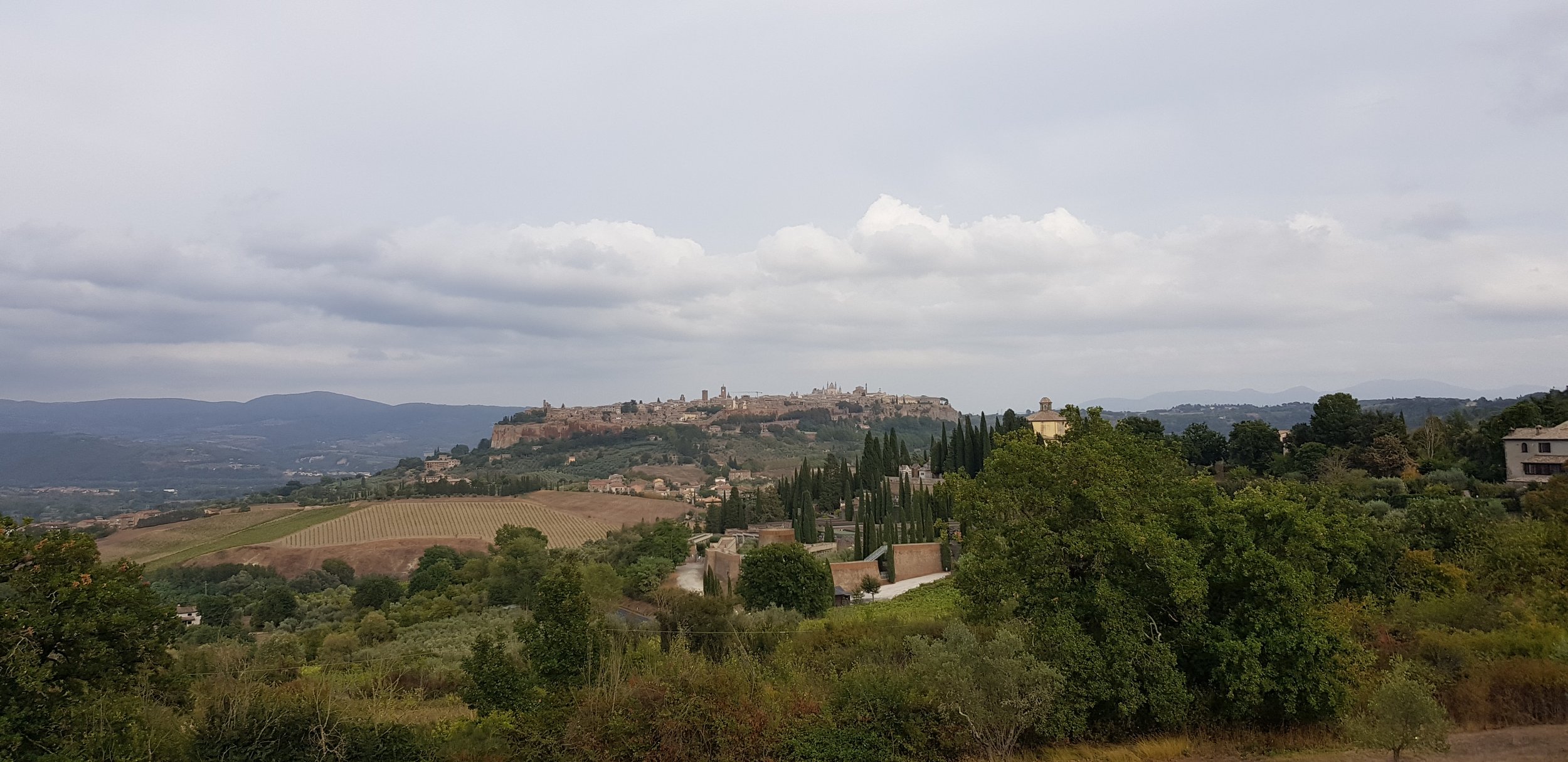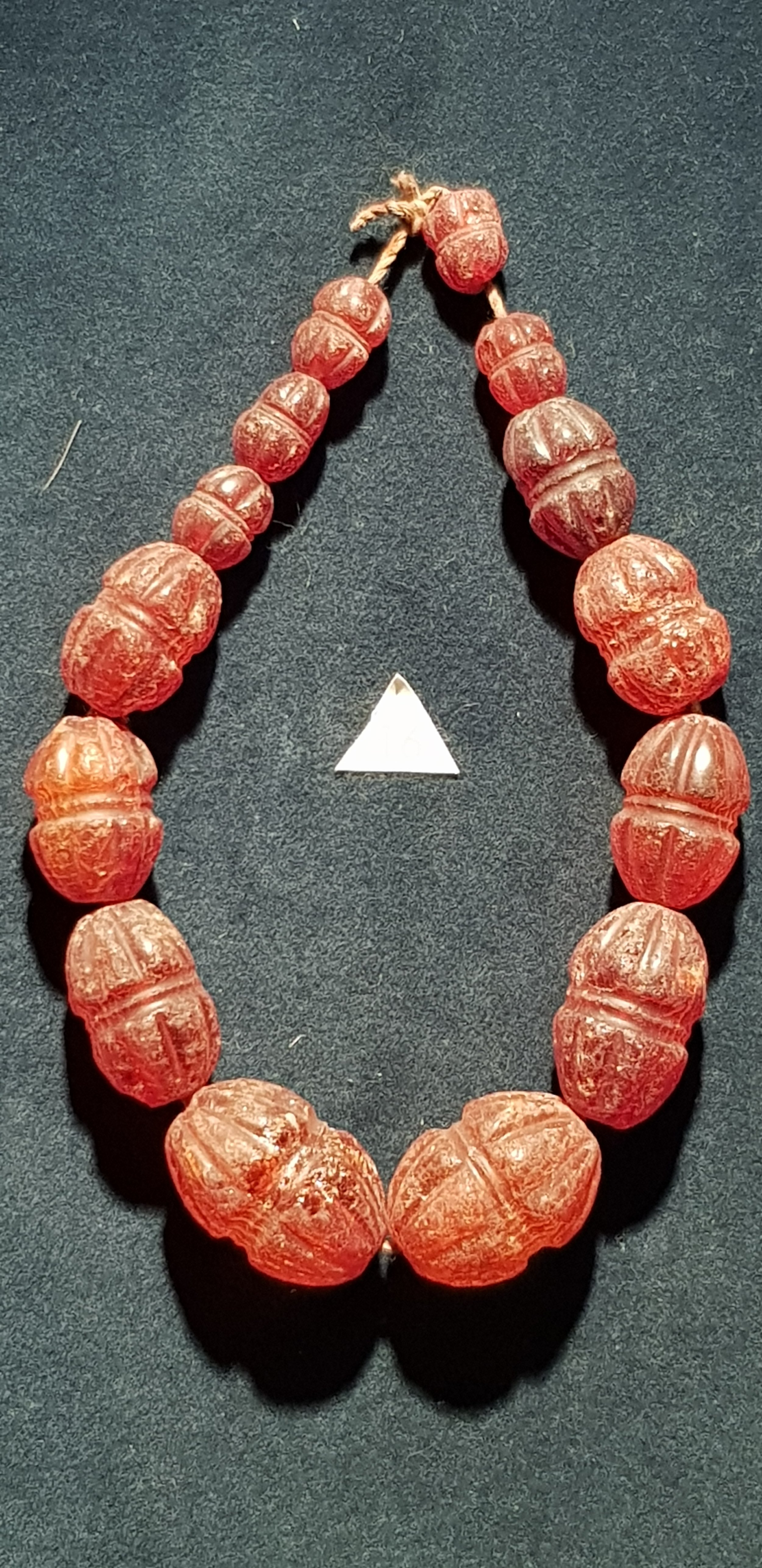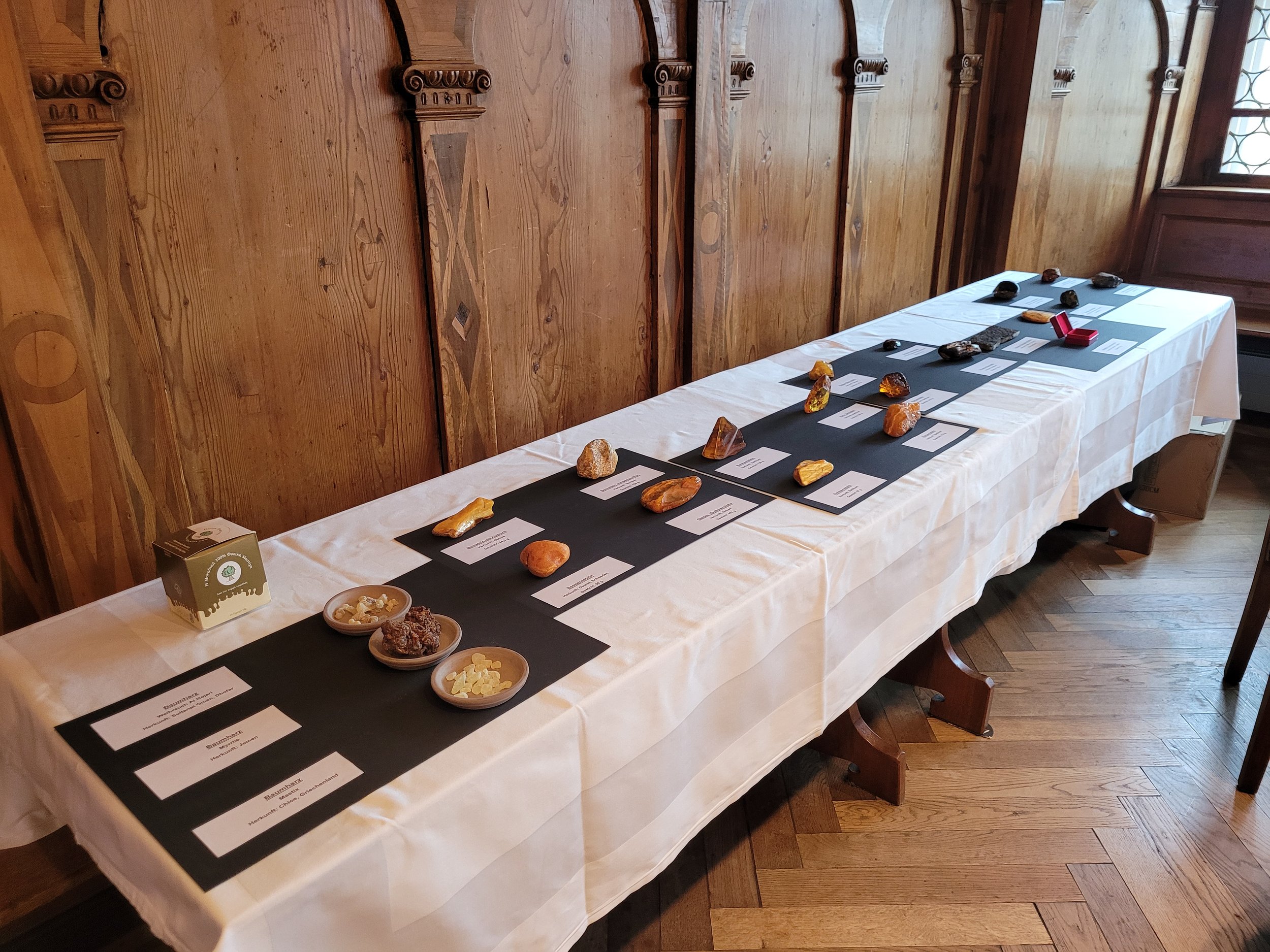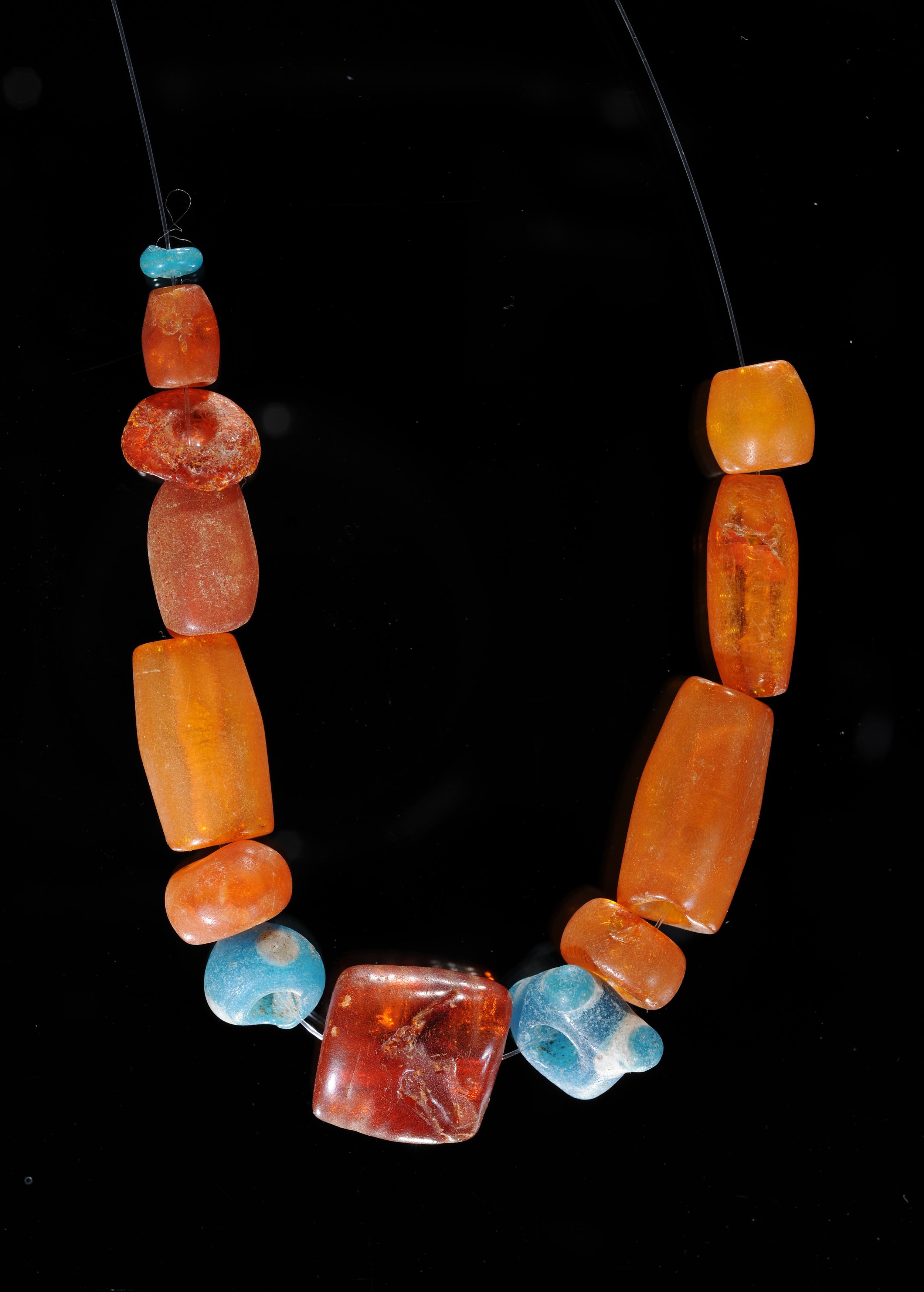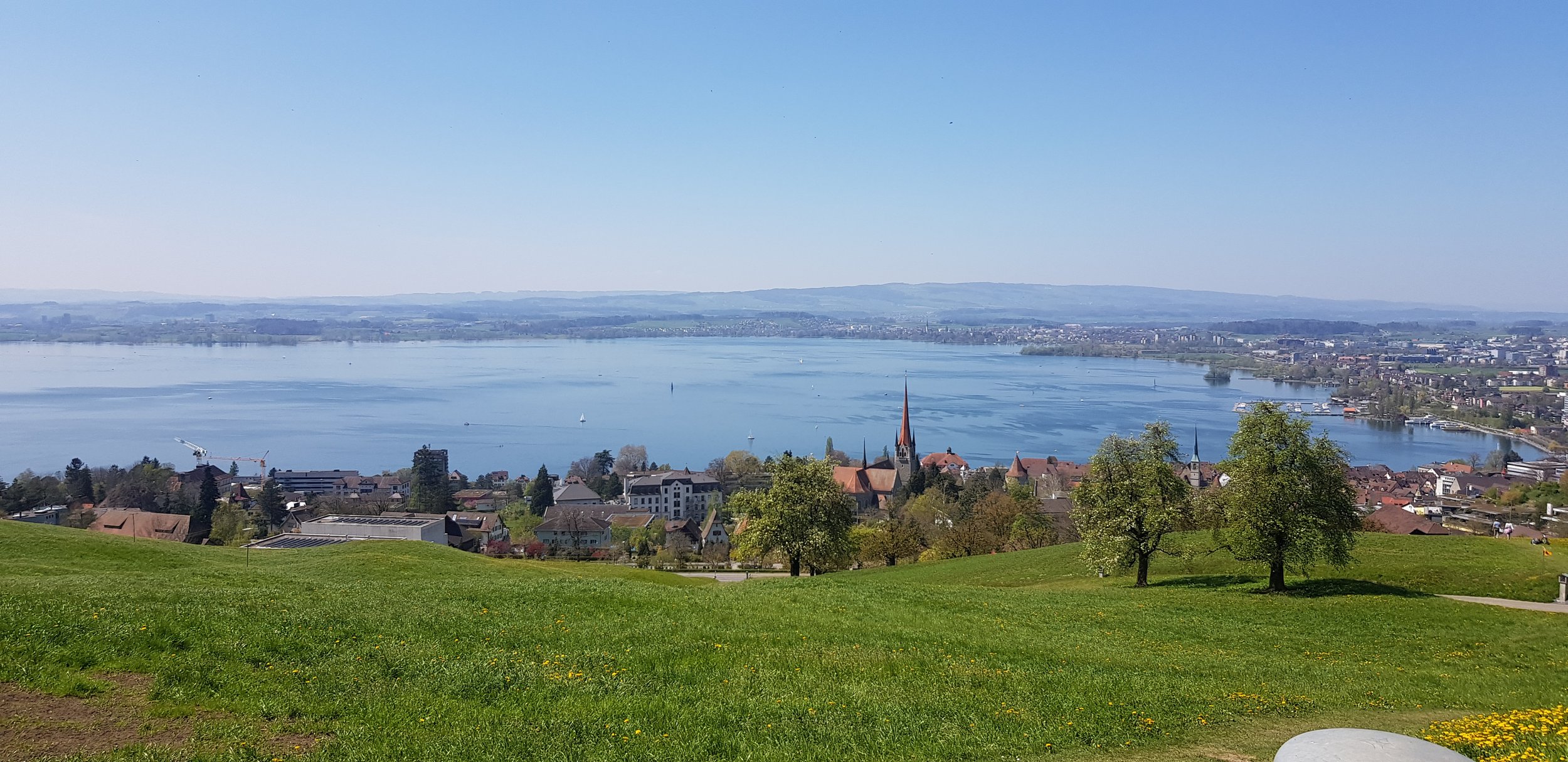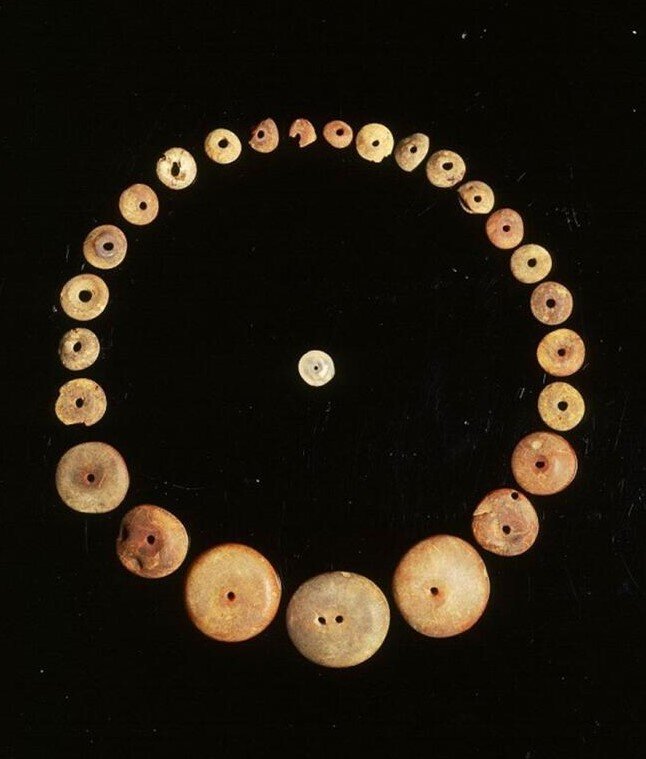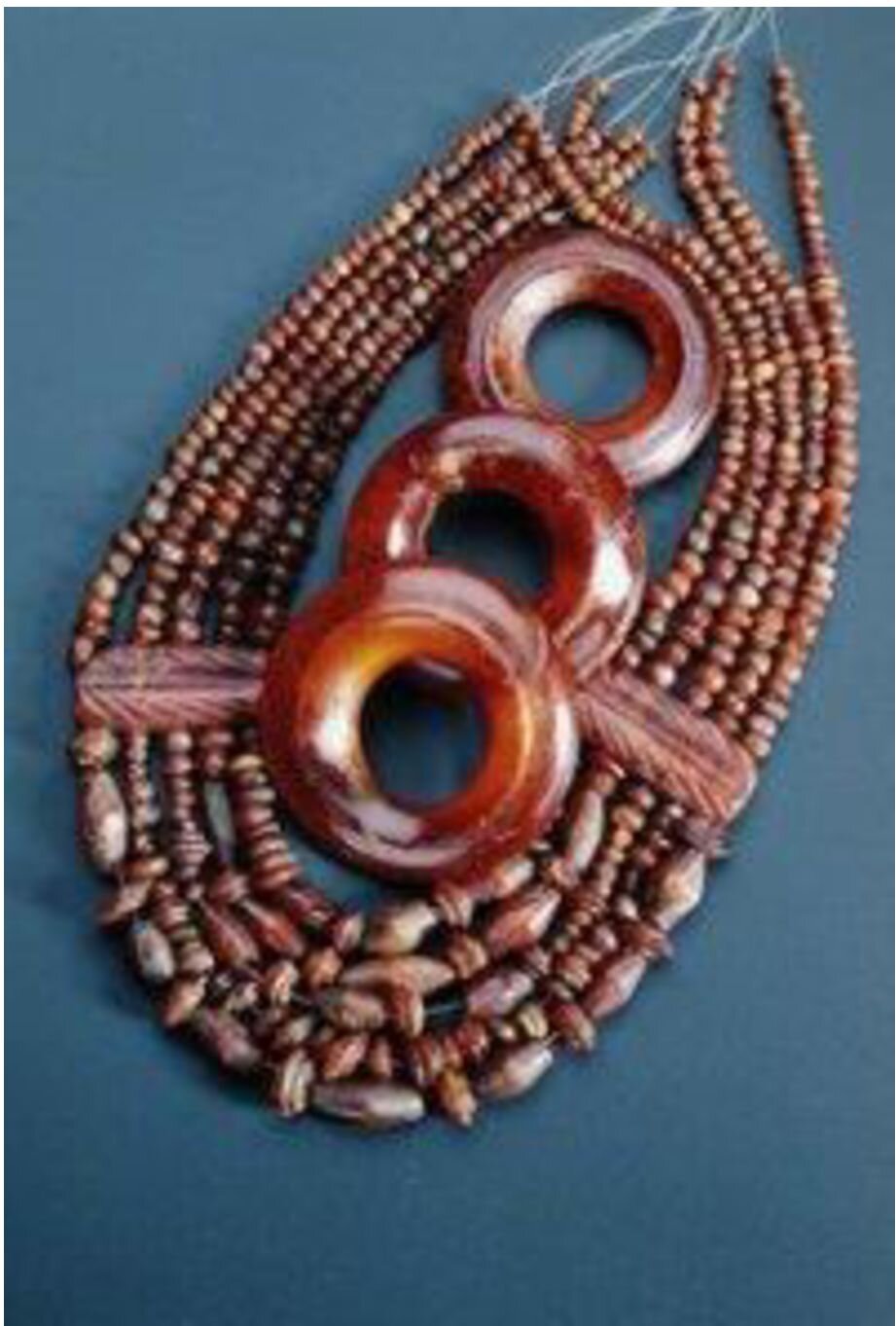Located about halfway between Rome and Florence, the city of Orvieto was inhabited by Etruscans from the ninth century BC until 264 BC, when the area was conquered by the Romans. This wonderful city has a rich cultural heritage with medieval architecture, many palaces and a fantastic cathedral. It also sits high above the valley on a rocky hill surrounded by a beautiful typical Italian landscape.
View of the town of Orvieto in Umbria (Italy)
The "Museo Etrusco Claudio Faina", just opposite the cathedral, houses an important archaeological collection of Etruscan works. During the early Iron Age in Europe (c. 800 to 400 BC), when trade in amber and other materials was growing rapidly, many wealthy Etruscan aristocrats gave their wives amber jewellery from the north, as it had both symbolic and economic value.
Exterior view of the "Museo Claudio Faina" in Orvieto
One of the most beautiful amber necklaces on display in the Museo Claudio Faina is a necklace of 14 acorn-shaped beads found during an archaeological excavation near Orvieto
Amber necklace from the 6th century BC (inventory number 2201).
Literature:
- https://www.umbriatourism.it/en/orvieto
- Larissa Bonfante, New York University, JBS, Vol. XVI, no. 3 (Autumn 1985)
- The "Museo Claudio Faina" in Orvieto - (www.museofaina.it)

